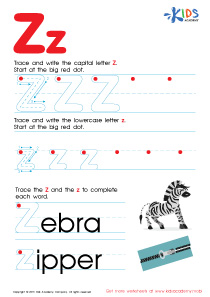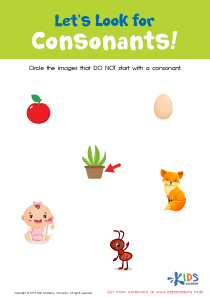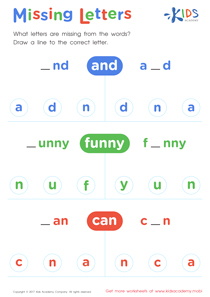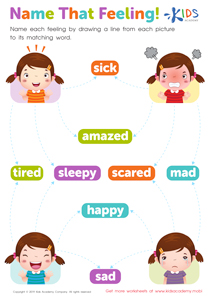Extra Challenge Tracing Letters Worksheets for Ages 6-9
10 filtered results
-
From - To
Discover our "Extra Challenge Tracing Letters Worksheets" designed specifically for children ages 6-9! These engaging worksheets offer young learners the opportunity to enhance their handwriting skills while tackling more advanced letter tracing activities. Created to stimulate both fine motor development and letter recognition, these worksheets feature fun and interactive illustrations that keep kids engaged. Whether your child is a beginner or looking for an added challenge, our tracing worksheets cater to all skill levels. Support your child's literacy journey and watch their confidence grow as they master their letters with our thoughtfully designed resources! Download and start tracing today!
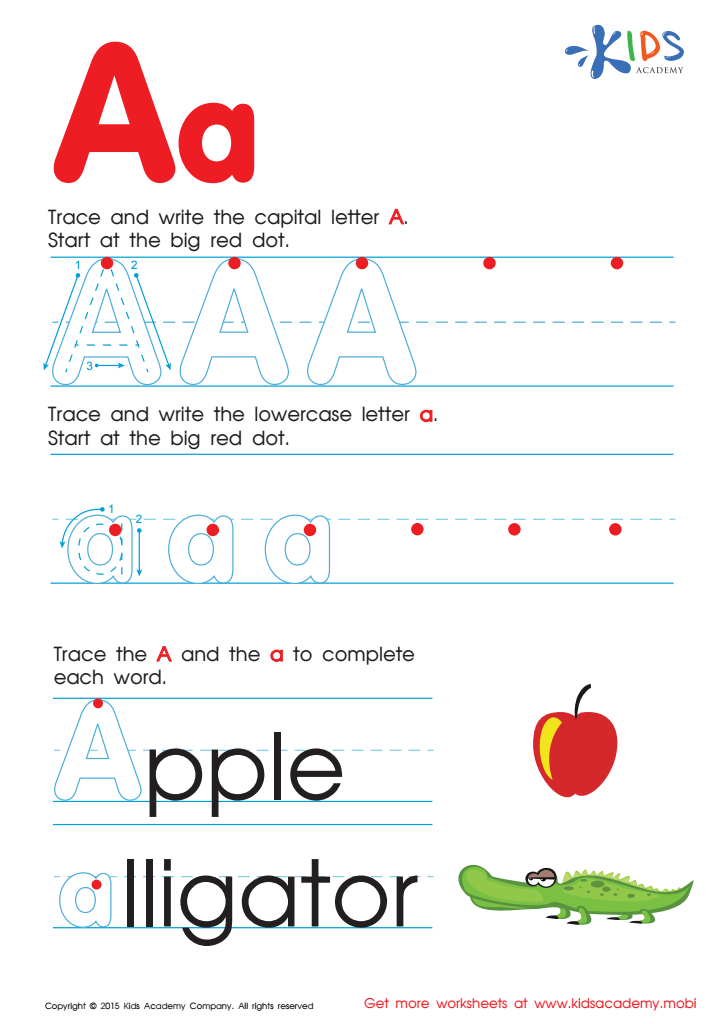

Letter A Tracing Page
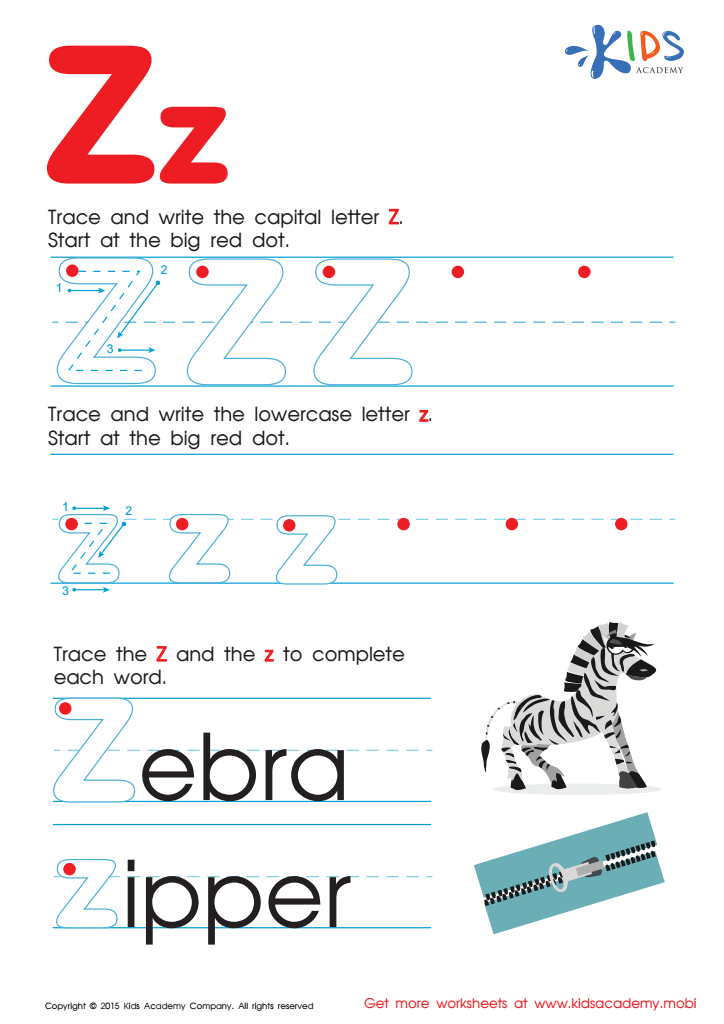

Letter Z Tracing Page
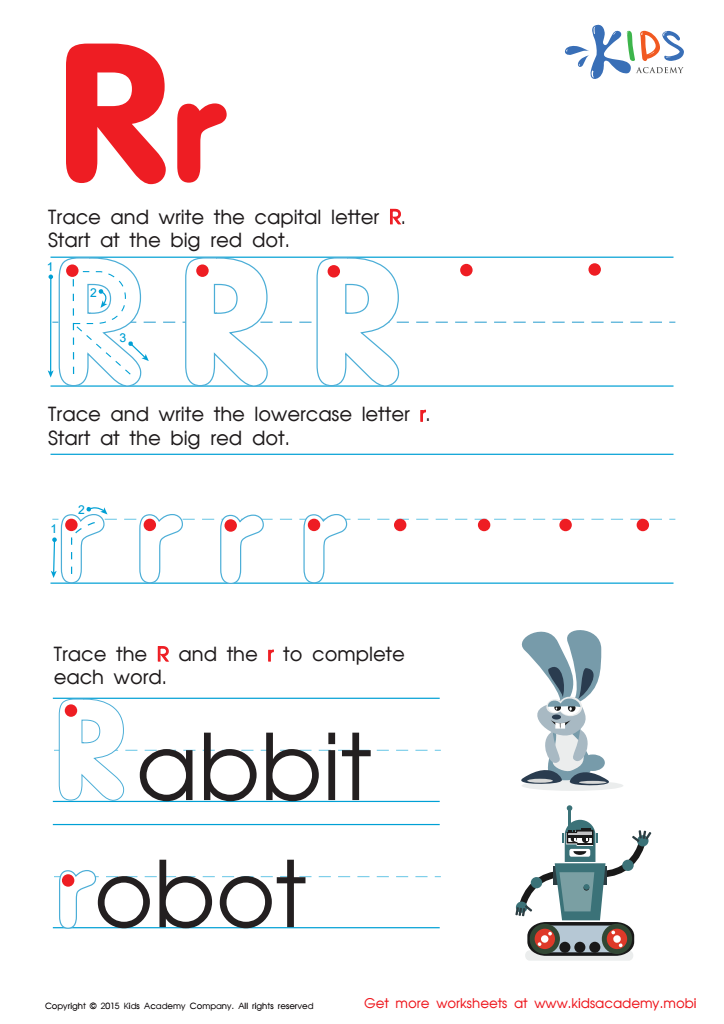

Letter R Tracing Page
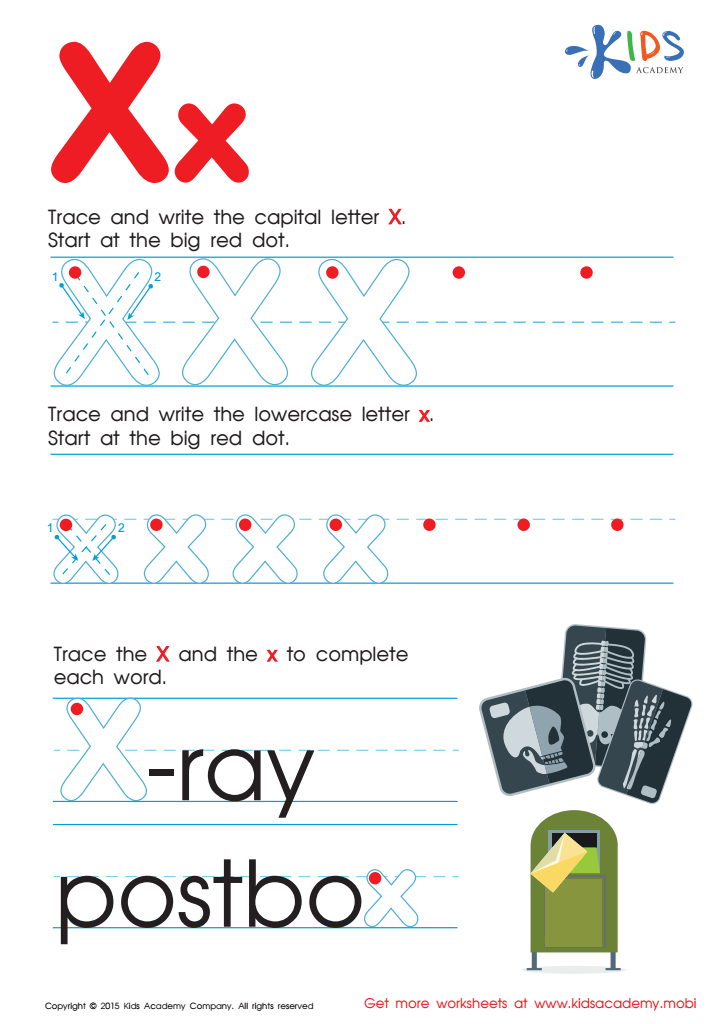

Letter X Tracing Page


Letter U Tracing Page
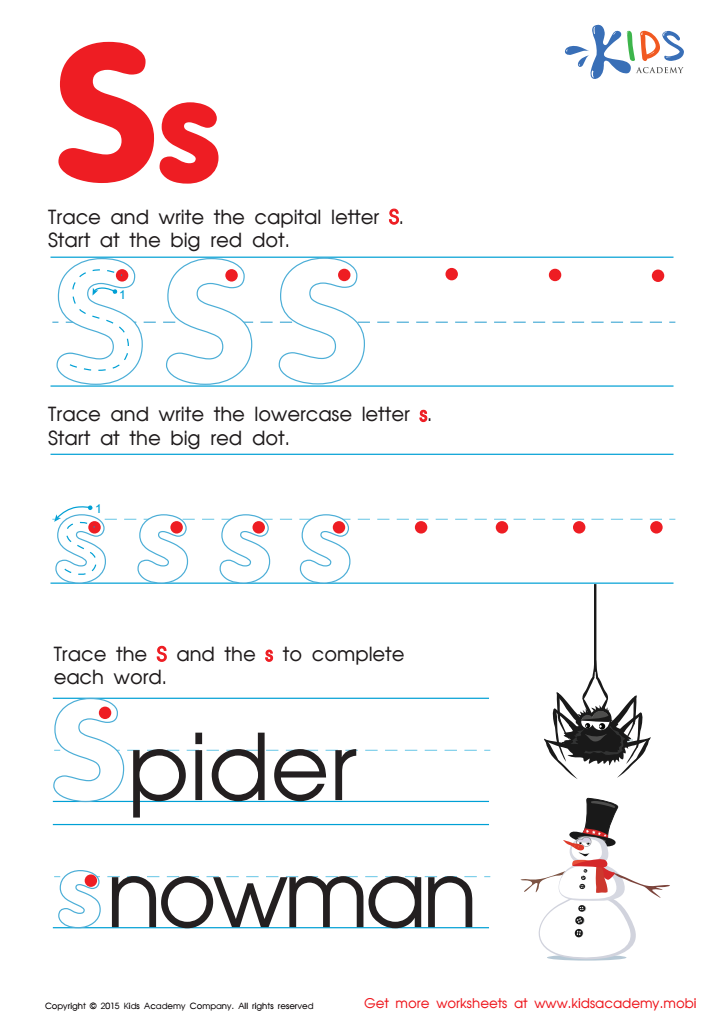

Letter S Tracing Page
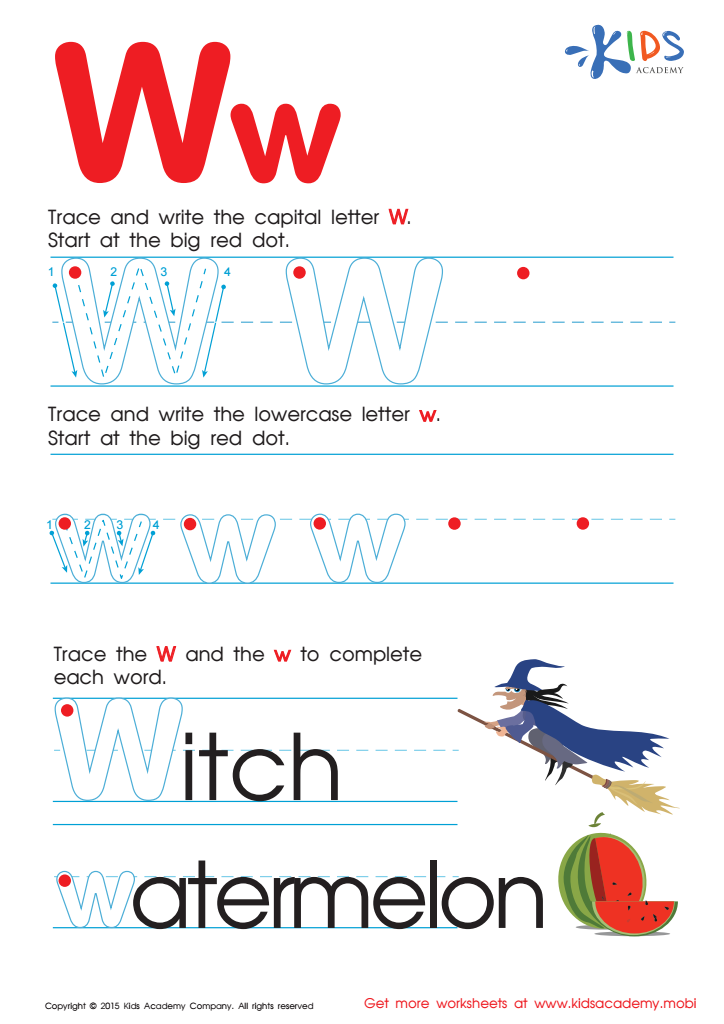

Letter W Tracing Page
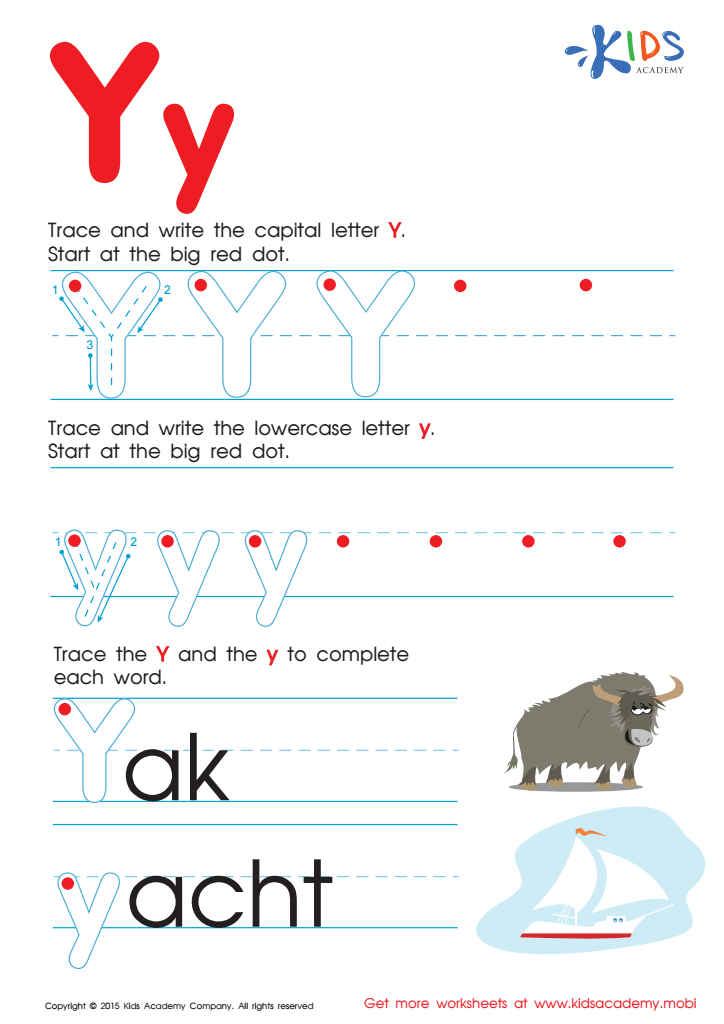

Letter Y Tracing Page
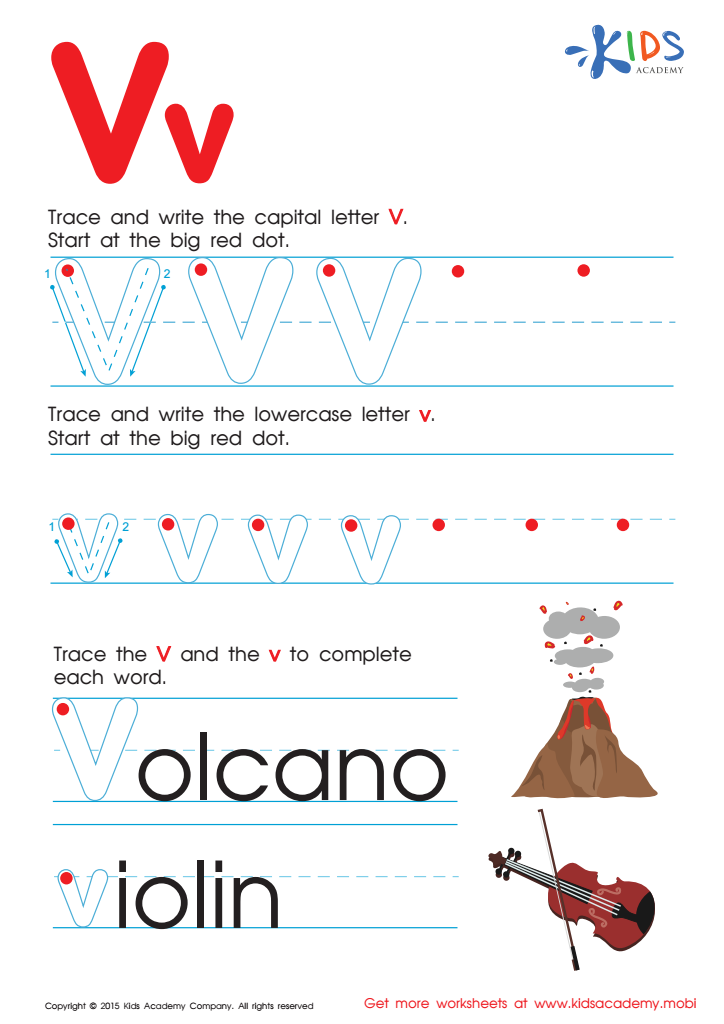

Letter V Tracing Page
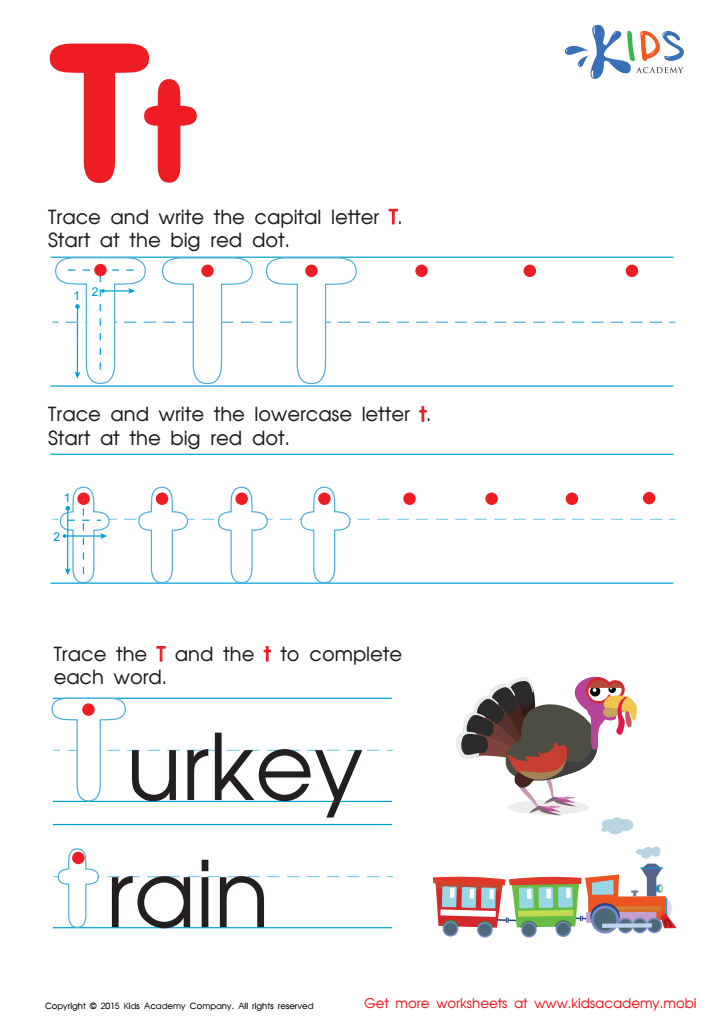

Letter T Tracing Page
Parents and teachers should prioritize Extra Challenge Tracing Letters for Ages 6-9 because this activity supports critical early literacy and fine motor skill development. As children at this age are honing their writing skills, tracing letters presents a valuable opportunity for enhanced learning. It not only encourages correct letter formation but also reinforces proper grip and control, laying a strong foundation for future writing tasks.
Moreover, tracing letters can make learning more engaging and enjoyable, catering to different learning styles. It promotes concentration and patience as children focus on completing each letter, fostering a sense of achievement with every correctly traced character. This builds confidence in their skills and enhances their academic self-esteem.
Additionally, extra challenge materials can accommodate varying proficiency levels. Struggling students can benefit from additional practice, while more advanced learners may find it an opportunity to explore creativity by incorporating decorative elements into their writing.
In a world increasingly dominated by digital communication, having a solid grasp of handwriting and letter recognition is essential. Ultimately, incorporating tracing letters in educational routines encourages lifelong literacy skills, ensuring that children are well-prepared for the challenges of advanced education and effective communication.

 Assign to My Students
Assign to My Students













